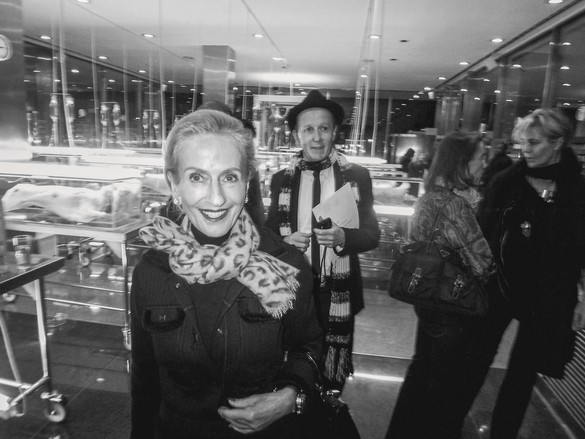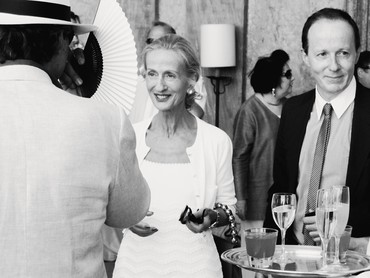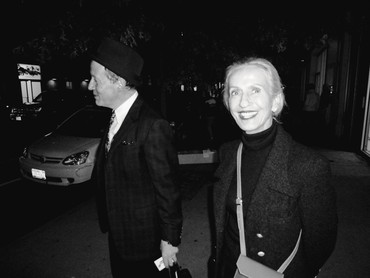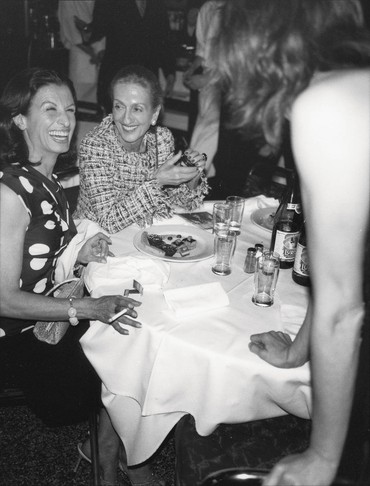Doris could light up a room, brighten every conversation, illuminate an artist’s intentions, and spark a collector’s passion. She had the high-wattage European sophistication that can intimidate in any language, but also a disarming warmth and wit that could put anyone at ease. She was both an impeccable perfectionist and a modest and forgiving friend. The ever-present twinkle in her eye was as irresistible as her quick and generous smile. The art world will be much dimmer without her.
She became one of the most talented art dealers in the world, but it was not a role she chose for herself. In 1977 she cofounded Thomas Ammann Fine Art AG, the Zurich gallery that bore the name of her charismatic brother, and where she happily played the supporting role. When Thomas tragically died, in 1993, she came from behind the scenes to center stage with fortitude and grace. Thrust into a world of extraordinarily competitive dealers, she became a beloved and respected friend among them. She had the attention of the top collectors in the world and gained their confidence by being a consummate professional and a true class act. Her discretion was legendary. She was strong but never forceful. You can gain power by force, but it’s stronger if you gain it through admiration. She commanded respect from artists, curators, and collectors alike through her sheer straightforward excellence. The art world’s love affair with Doris was earnest, deserved, and reciprocated.
Doris found a collaborator and a soulmate in the art historian Georg Frei. They spent over three decades working together in one of the most enviable partnerships in the art business—the two were inseparable, cutting expertly tailored figures around the globe and finding themselves inevitably on every guest list. The thing about Doris and Georg was not only that they were sophisticated and erudite and really knew their stuff, but that they knew art was a grand adventure and seemed to have a lot of fun. Their affection for art, artists, and each other was infectious.
We were friends and co-conspirators for forty years. Every encounter or conversation with Doris could be the bright spot of the day or the thing that kept you up at night—she made it all look so easy and her elegance seemed effortless, but it was born of real guts. What becomes a legend most? Warholian red lipstick is the perfect war paint. The art world is not for the faint-hearted, but Doris proved one can excel with decency and the rare quality of unshakable integrity. Her friendships were pure and lasting and true. She wouldn’t sell her real treasures for the world. For nearly my whole life in this business, she was a model and inspiration and sometime jousting partner. Her friendship was a gift that will long outlast the loss. Her unexpected death leaves a hole at the very center of the art world that we haven’t begun to get our heads around yet. She was so loved and she will be greatly missed.
Artwork © Jean Pigozzi
















